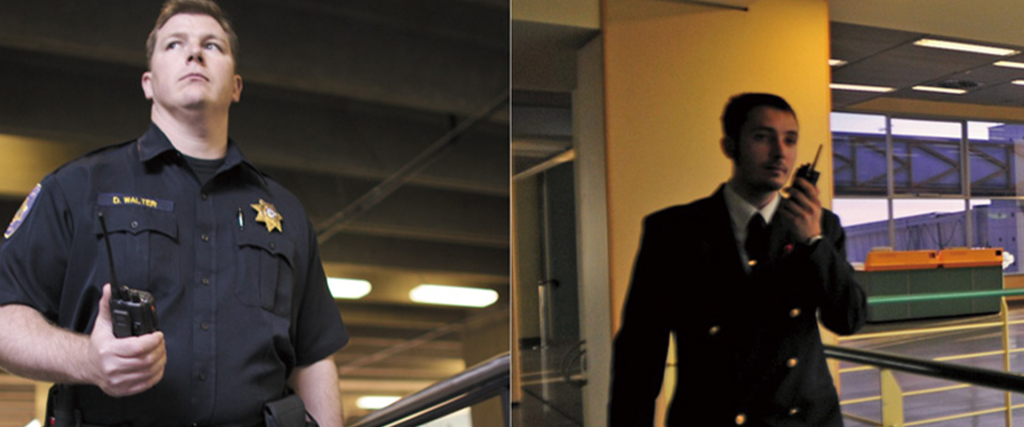On September 11, 2001, at 8:46 AM Local Time, tragedy struck at the World Trade Center in New York City. Terrorists hijacked two commercial jets and flew them into the Twin Towers fifteen minutes apart. Units from the NYPD, PAPD, and FDNY responded immediately. Smoke and flames grew as these brave first responders entered the building to help evacuate the building’s occupants.
At 9:50 AM Local Time, 1 World Trade Center—the South Tower—collapsed in on itself. At 10:29 AM Local Time, 2 World Trade Center—the North Tower—collapses. Loss of life, including the airplane passengers, occupants in Towers 1 and 2, occupants at the Pentagon, and first responders, eventually totaled 2,977 souls.
One of the contributing factors to the high fatality rate was that many of the first responders and occupants could not get a consistent RF or cellular signal inside the buildings. At the time of the tragedy, an in-building Distributive Antenna System (DAS), including cellular and public safety DAS, was not a requirement.
Read on as we explore the question, “When is In-Building DAS needed?”
What Exactly Is a DAS?
A Distributed Antenna System, or DAS, is, in essence, a network of antennas installed throughout a structure to enhance signal strength and coverage inside the structure. Whether it’s cellular, public safety, or commercial two-way radio signals, a properly designed DAS ensures wireless communication works when and where it’s needed most.
There are two types of DAS. In an Active DAS, the signal is converted and transmitted via Bi-Directional Amplifiers (BDAs) and fiber to remote units. This approach is ideal for large, complex buildings. A Passive DAS, on the other hand, uses coaxial cable and splitters. Each solution has its place depending on coverage needs and budget.
Why does DAS Matter?
When is DAS Needed Most?
Hospitals and Healthcare Facilities
High-Rise Commercial Towers
Schools and University Campuses
Manufacturing and Industrial Sites
Airports and Transportation Hubs
Hotels, Casinos, and Resorts
Convention Centers and Stadiums
Parking Garages and Tunnels
Government and Public Safety Response
Code Compliance and Safety Standards
When Should You Consider In-Building DAS?
Not all buildings need the same solution. The right antenna system depends on the building’s size, layout, and intended use. That’s why a customized system design is essential for ensuring total coverage without signal interference.
If your facility has thick walls, multiple floors, underground areas, or users complaining of dropped calls and weak signals, it’s time to explore DAS. It could be for code compliance, safety, operations, or guest satisfaction—but a DAS solution ensures strong, reliable wireless every time.
Partner with a Team That Knows Building Solutions
Whether it’s public safety, cellular, or commercial radio coverage, the right DAS can make a big difference in your facility’s communication capabilities.
If you’re facing dead zones or planning a new build, it’s time to consult with someone who knows wireless technology inside and out.
Boost In-Building Coverage With RCS Communications
The best way to boost your in-building signal is to contact a certified Motorola 2-Way Radio Specialist like the qualified people at RCS Communications.
RCS Communications has specialized in two-way radio and wireless communications in Kentucky and Indiana for over 70 years and is the largest Motorola dealer in Kentucky and Indiana. Its account managers and certified technicians have extensive experience in both professional and commercial communications.
RCS Communications provides exceptional communications products and services throughout all its locations. You can trust RCS Communications for all your professional or commercial communications needs.

